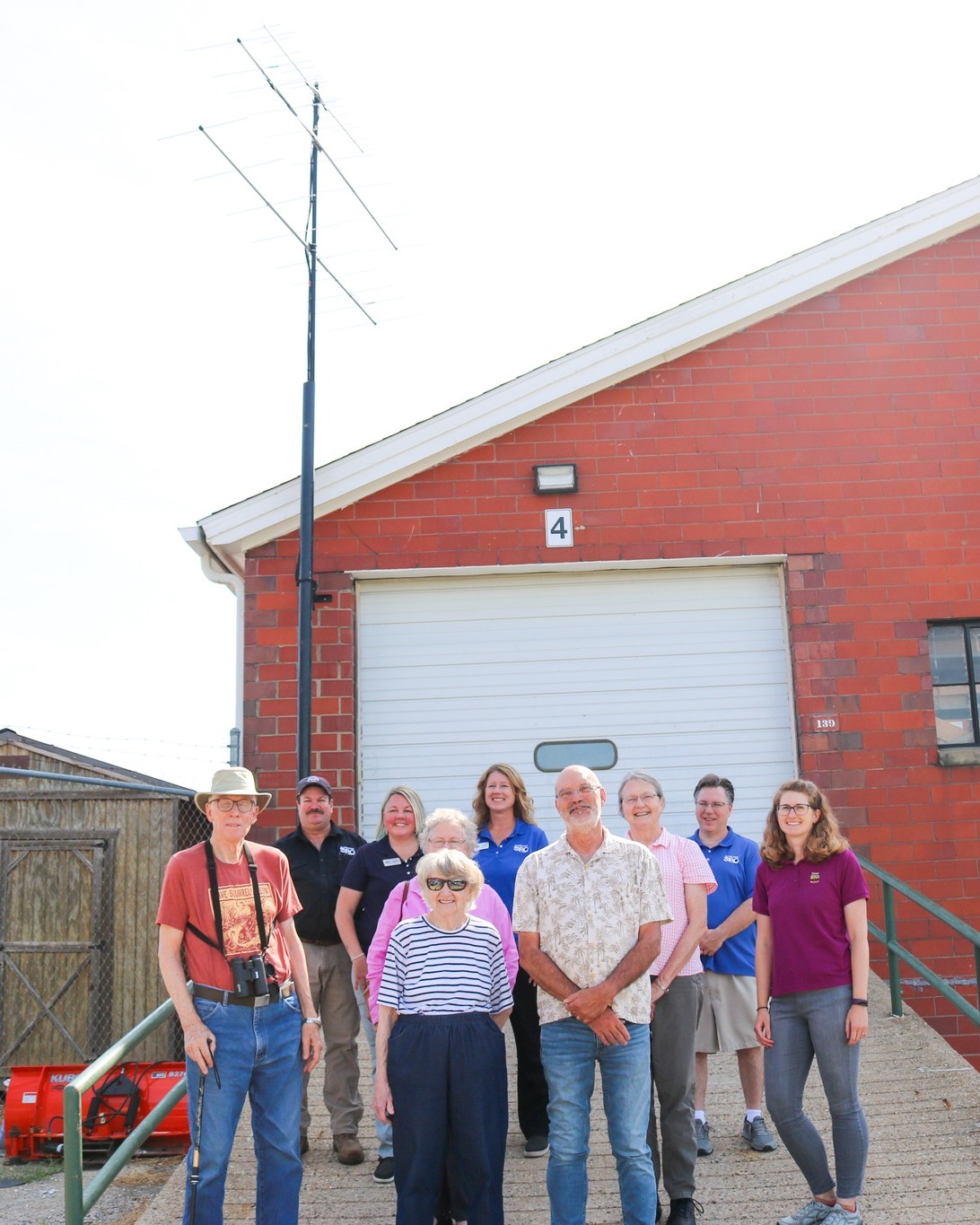Summary:
1. Introduction to the collaboration between Blank Park Zoo, Iowa Department of Natural Resources, and Des Moines Audubon Society to build a Motus wildlife tracking system.
2. Explanation of the Motus Network and how it works to track wildlife and bird migration.
3. The significance of the Motus unit at Blank Park Zoo and its contribution to migration research.
4. Examples of species already detected by the Motus station.
5. The importance of this data for local and global conservation efforts.
We’ve been working on this exciting project behind the scenes and are thrilled to finally share it with you! In partnership with the Iowa Department of Natural Resources and the Des Moines Audubon Society, Blank Park Zoo has embarked on an innovative initiative to build a Motus wildlife tracking system on our grounds. This system will provide valuable data points and contribute to crucial research and monitoring efforts related to wildlife and bird migration.
But what exactly is the Motus Network, and how does it work? According to Anna Burckhardt Thomas, an Avian Ecologist with the Wildlife Research Section of the Iowa Department of Natural Resources, this network is based on radio telemetry. It consists of three main components: an antennae, a receiver, and a transmitter. The antennae listen for radio frequencies emitted by wildlife while the receiver interprets and decodes these frequencies. Finally, the transmitter, attached to the animals, emits a unique micro-coded frequency for individual identification.
Thanks to the collaboration between Blank Park Zoo, the Iowa Department of Natural Resources, and the Des Moines Audubon Society, our Motus unit is now one of about 15 spread across Iowa. These stations, together, play a vital role in gathering essential migration data. By identifying patterns and understanding the movements of various species, we can effectively protect and sustain their critical habitat corridors.
The most exciting aspect of this project is the data collected through our Motus station here at the Zoo. We’ve had three remarkable detections, each representing a different species and originating from different areas. An Ovenbird from Saskatchewan, a Common Nighthawk from Montana, and a Veery from British Colombia have all been detected by our Motus unit. These remarkable findings highlight the importance of our work in tracking bird and wildlife migration.
But what does all this mean for conservation efforts, both locally and globally? The data gathered through the Motus Network contributes significantly to our understanding of migration patterns. By mapping out these pathways, we gain insights into when and where species travel, allowing us to identify key areas for protection and conservation. This knowledge is invaluable for preserving resident and migratory species and maintaining the delicate balance of ecosystems.
Moreover, our data has local implications and plays a role in global conservation efforts. By sharing our findings with other institutions and organizations, we contribute to a broader understanding of wildlife and bird migration patterns on a larger scale. This collective knowledge is crucial for developing effective strategies to safeguard species across their migratory routes.
In conclusion, the collaboration between Blank Park Zoo, the Iowa Department of Natural Resources, and the Des Moines Audubon Society to build a Motus wildlife tracking system is a significant step forward in conservation. Through this innovative technology, we can gather data and gain insights into the complex world of bird and wildlife migration. The findings from our Motus unit are already shedding light on the movements of various species, and this knowledge will undoubtedly contribute to better conservation strategies both locally and globally. We’re excited to continue sharing our data and its impact on protecting our precious natural heritage. Together, we can make a difference and ensure a sustainable future for wildlife and their habitats.
*****
Source Description
We’ve been working on this exciting project behind the scenes, and we’re thrilled to finally share it with you 🐦📡📈🔍
Blank Park Zoo has partnered with the Iowa Department of Natural Resources and the Des Moines Audubon Society (https://dmaudubon.org/) to build a Motus wildlife tracking system on our grounds! This unit provides wildlife and bird migration data points, research and monitoring.
Anna Burckhardt Thomas, Avian Ecologist with the Wildlife Research Section of the Iowa Department of Natural Resources, shared that “the Motus Network is based on radio telemetry [with] three main components: antennae, which is listening, a receiver, which is interpreting what the antennae have to hear, and a transmitter, which is on the wildlife and emitting a radio frequency.” Motus works on one frequency to interpret micro-coded frequencies, which allows us to detect unique, individual identification of animals.
Our Motus unit behind the scenes here at the Zoo is one of about 15 in Iowa. These stations collectively secure data that will be integral to migration research. We’re better equipped to protect and sustain these vital habitat corridors from these patterns.
We’re excited to share that our Motus station has already had three detections, including an Ovenbird from Saskatchewan, a Common Nighthawk from Montana, and a Veery from British Colombia. We look forward to continuing to share our data and what it means for local and global conservation efforts!


